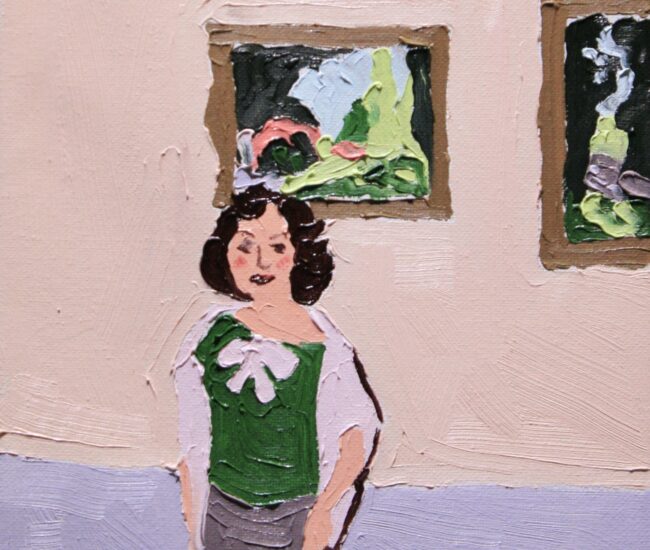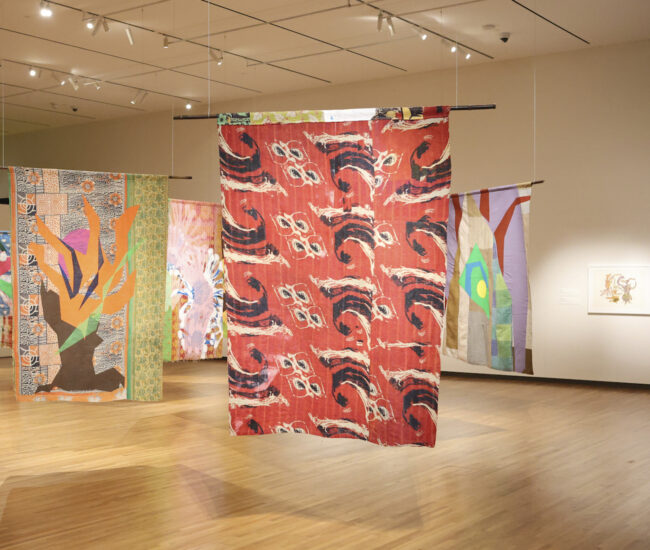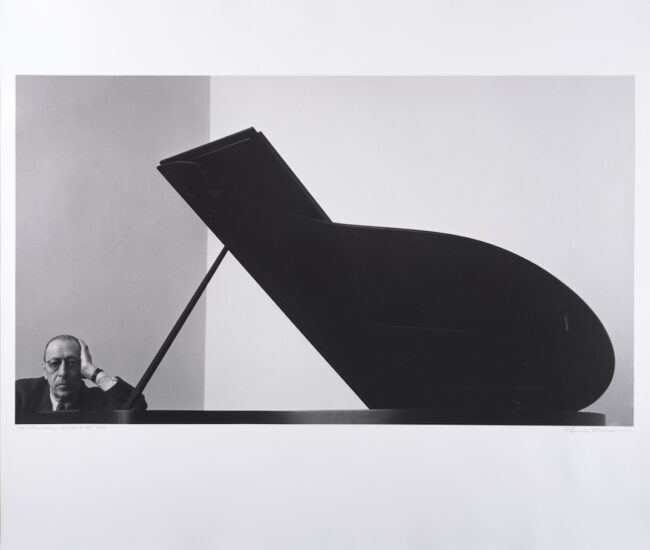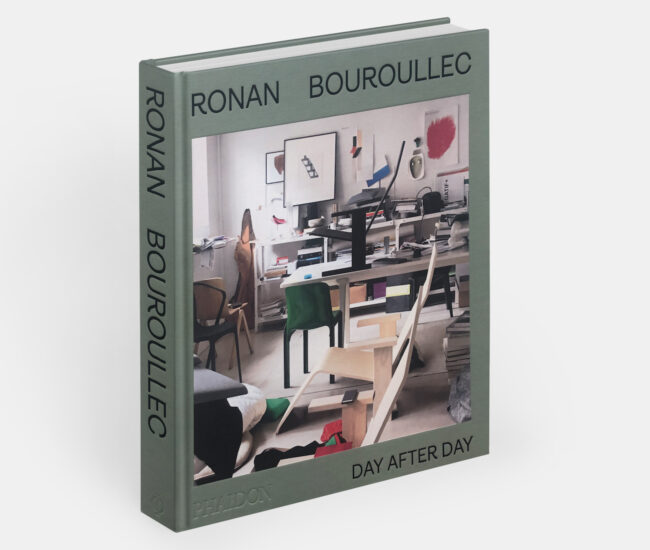The City of Homes, by Hand
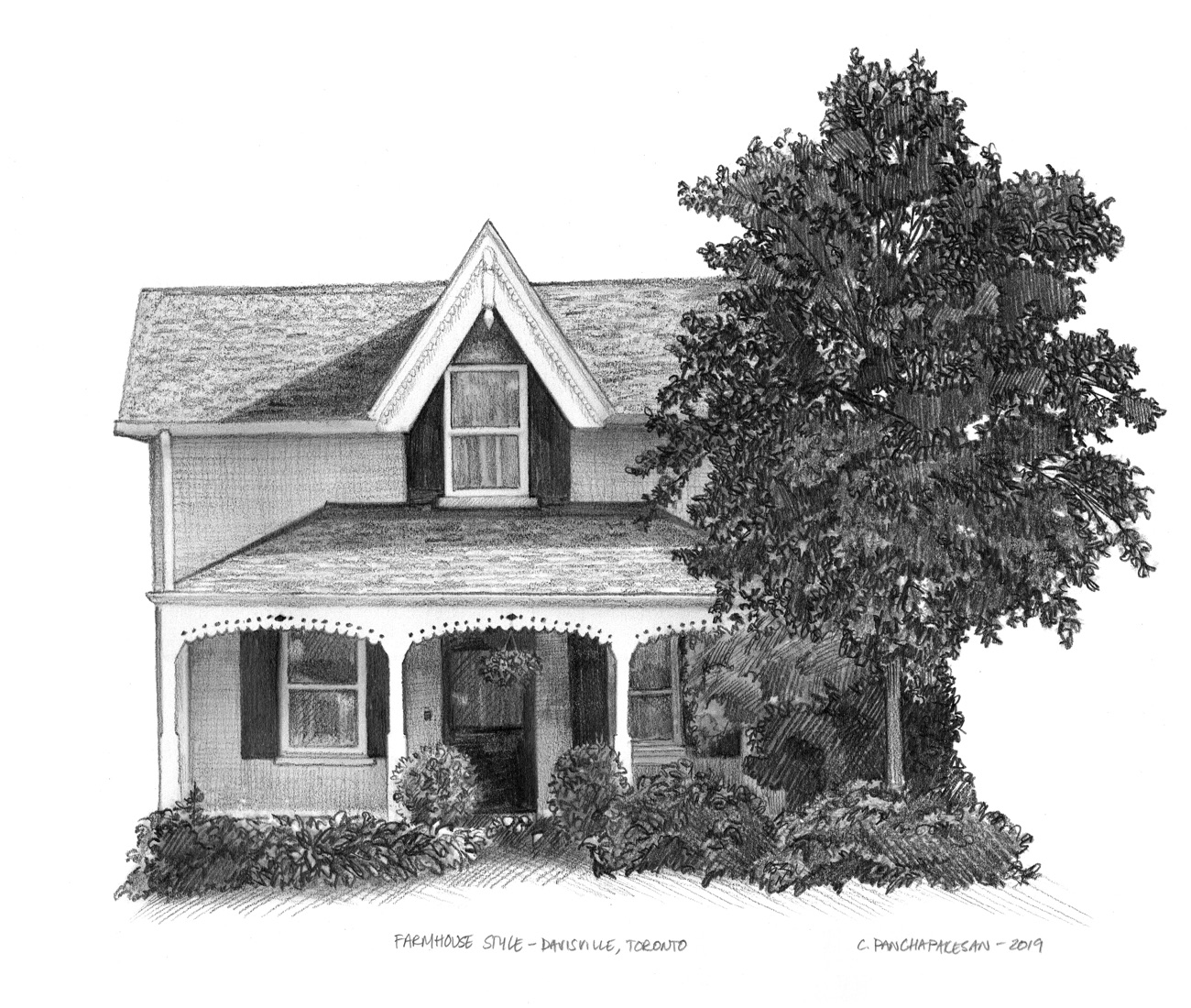
From grand manors to humble homes to wholly native styles, Toronto’s residential architecture still defines the city
Charisma Panchapakesan, co-founder of CAB Architects, began sketching the facades architectural styles of typical Toronto houses – from Victorian bay-and-gable to Craftsmans – for fun. And, lucky for us, “The response was so positive that I’ve starting selling prints,” she says. We’ve included our favourites below, but you can nab your own “Toronto by Hand” drawing for $200, at etsy.com.

Georgian Style
Georgian houses caught on at the turn of the 19th century when Toronto was still known as York, and again at its close as Georgian Revival. The style has its roots in classical Greek and Roman architecture by way of the Renaissance and is characterized by symmetry, regularity and adherence to simple mathematical ratios for windows and openings (Victorians were sticklers, after all).

Craftsman
Craftsman homes, or arts and crafts homes, emerged late in Victorian England as a reaction to rampant industrialization and were popular builds from the early 1900s through to the 1930s. In Toronto, the wide porch and gently sloping roof supported by brick or wood columns are common features — an affected throwback to a (presumably) simpler time.

Second Empire Style
Much of the ornate public architecture that defines our popular conception of Paris today was built during the 1850s and 60s during the Second Empire. Writ small in Toronto’s neighbourhoods, the style is characterized by large windows, abundant detailing, and, perhaps most of all, mansard roofs.

Victorian Bay-and-Gable
Toronto’s ubiquitous bay and gable homes reflect the city’s rapid expansion during the 19th century, its characteristic long, narrow architectural footprint, and, well, the bay window and gable roof that define the style. Notable features include the intricate trim along the roof, arched windows and lintel detailing.

Annex Style
The name isn’t a coincidence – the Annex style house is named after the neighbourhood. A combination of Richardson Romanesque – see: Old City Hall – and Queen Anne Revival, the style is attributed to E.J. Lennox, a prominent Toronto architect who built the city’s first example in 1887 at 37 Madison Avenue.

Tudor Style
Despite several centuries of stylistic evolution, some visual elements of the Tudor style haven’t really changed since Henry VIII sat the throne. Half-timbering, herringbone brickwork and low arches have long been characteristic of the style, which in Toronto gained some popularity during the interwar period.

Edwardian Gable
The Edwardian gable caught on in the early 1900s and shares some features with its earlier Victorian counterpart — including the sheer abundance and diversity of existing stock in Toronto — but is notably pared back. Restraint replaced many of the Victorian details, like the gingerbread trim, and houses tended to be wider, with less emphasis on height.

Gothic Revival
Gothic Revival has its roots in the 18th century (although Canada’s best-known example is probably Parliament Hill, which broke ground in 1859). Sharply peaked gable roofs, pointed arches and decorative bargeboard characterize both grand public works and single-family homes alike. Like the bay-and-gable, Victorian homes weren’t truly complete without a bay window.

